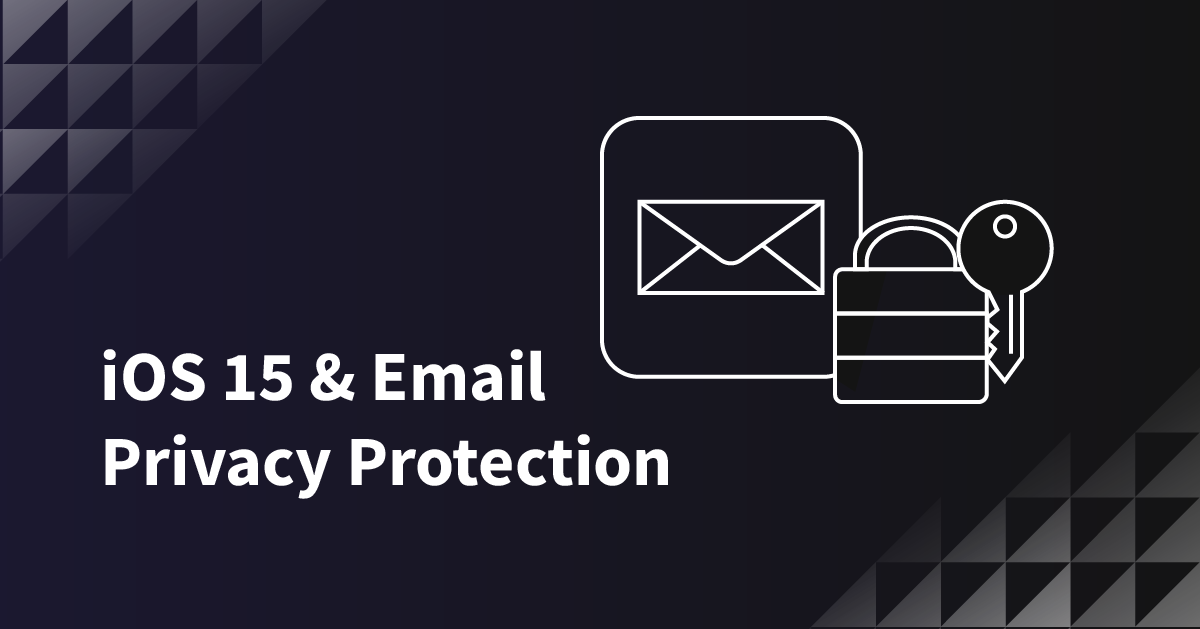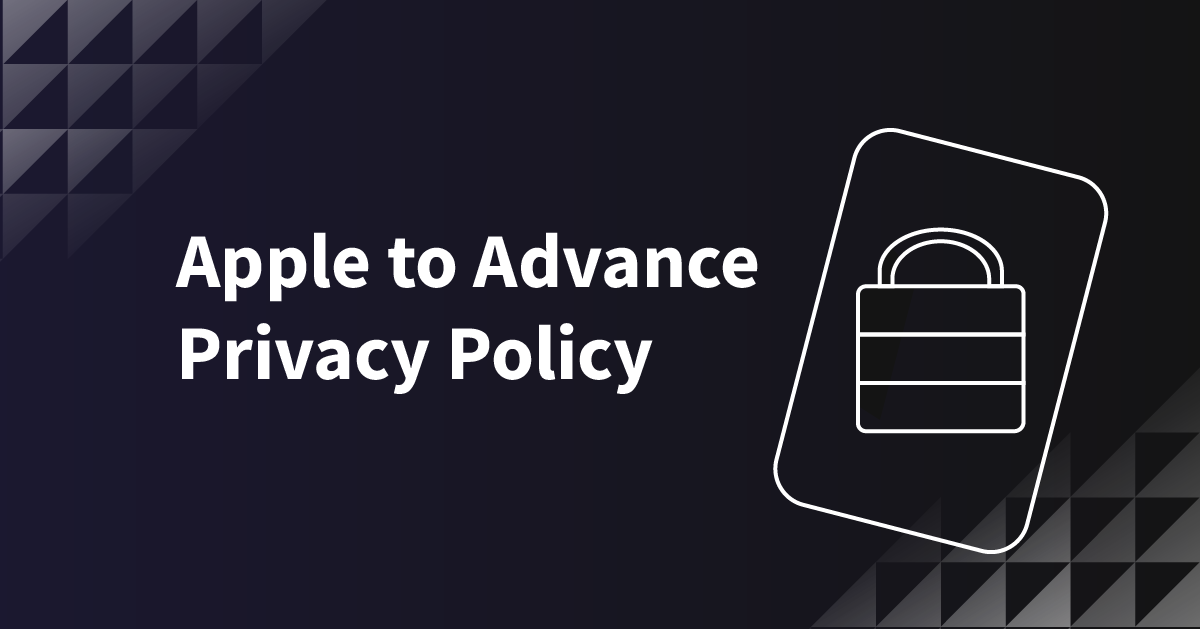iOS 15 is set for a fall release and contains several new features and improvements with a continued focus on data and privacy—at least that’s what they’re advertising. Mail privacy protection iOS 15 represents one of the largest changes to the email marketing atmosphere since Gmail. After all, the Apple Mail system controls up to 40 percent of all email opens in the western world due to the rapid adoption of the iPhone email system, regardless of one’s email provider.
While articles from email service providers and Apple developer chat boards are flooding the web, most lack clarity as to how exactly this will work, what the consequences are and what should be done moving forward. By understanding and staying ahead of this change, there is a huge opportunity to pull ahead of competitors by gaining market share and improving delivery.
Mail Privacy Protection – Explain it to me like I’m five
When you open up an email, you are sending a signal to the company that sent that email to you that includes two things: 1. a confirmation that you indeed did open the email and 2. basic information like your IP address, device type, etc. This is referred to in the email world as “An Open.” It’s important data for companies as it reveals whether a subscriber is active, if the email is hitting the inbox (instead of spam) or if you should trigger additional actions based on the person receiving it.
Apple wants to reduce these signals on a postal mail privacy scale. In other words, they’re going to stop sending these signals. One could argue that this change still gives Apple access to all this data to use for any purposes they want while pushing out every other company. And doesn’t this make their own data all the more valuable?
Apple can’t stop people from wanting to view images in their email, so the only way to prevent the signal from happening is to make sure images download 100 percent of the time. Unprepared companies will suddenly find 100 percent open rates when sending emails to Apple mail users on iOS 15 and above. After downloading all the images, Apple will host them on their own servers. When someone opens an email, the images load but the signal will not transfer outside of Apple.
The problems with this
This change is taking away the ability for marketers to work toward higher deliverability and active subscribers. It will potentially greatly increase image server costs, too. Since Apple will be downloading each image, every time, it will yield a huge amount of wasted bandwidth over the long run. While paying these server fees might not matter to a company with a market valuation over $1 trillion dollars, it will certainly impact smaller email service providers and their customers.
How marketers should prepare
This major shift represents a huge opportunity for forward-thinking ESPs and their clients to gain market share. Raising the barriers to business sparks innovation and allows the best companies to step up. Some marketers will find their delivery and interactions skyrocketing as their competitors struggle to adapt and lose inbox placement in the process. Your ESP or internal email solution must be able to adapt to this new reality and automate the adjustments in their system prior to Apple’s fall release.
Pushnami is rising to the challenge
Pushnami started readying for this change in early 2017 as we expected Gmail to use a similar method when it began caching images sent via email. We have identified more than 50 automations, subscriber updates and bypass solutions to Apple’s Mail Privacy Protection. This includes…
- Identifying and detecting in real-time whether the subscriber is using iOS 15 or not.
- Ensuring that subscribers not on iOS 15 (like someone checking their Gmail on their desktop) stay maximized to their full potential.
- Guaranteeing that clients on iOS 15 have all data and mailing solutions handled in a separate but high performance way.
Sign up for a demo to learn how Pushnami can help you tackle these changes.
Written by Emerson Smith, Founder and CEO at Pushnami


